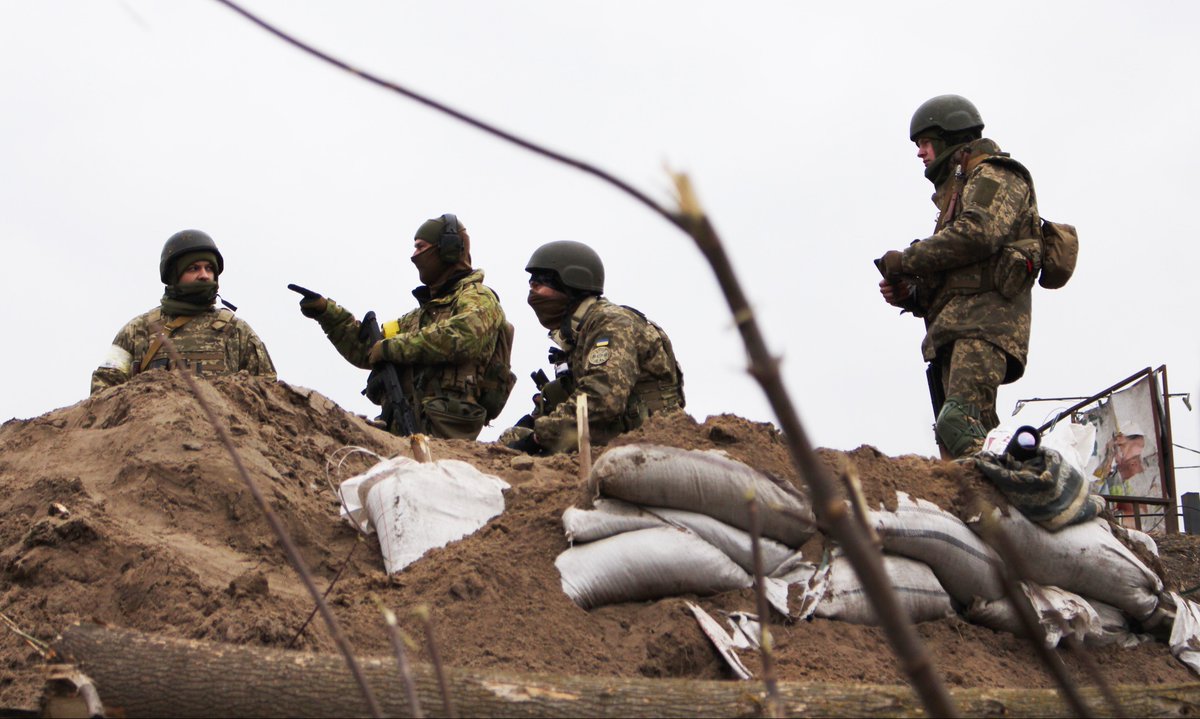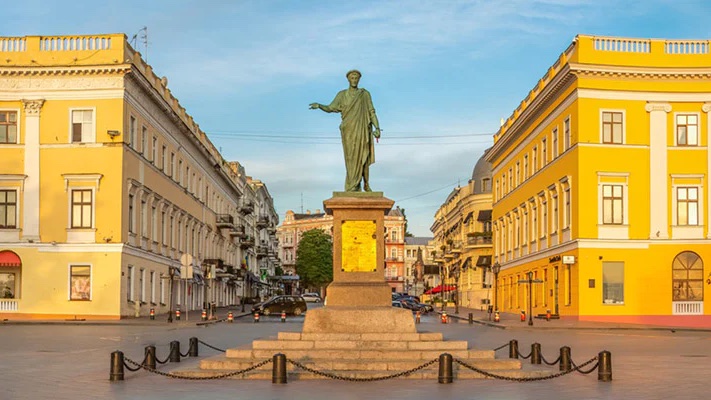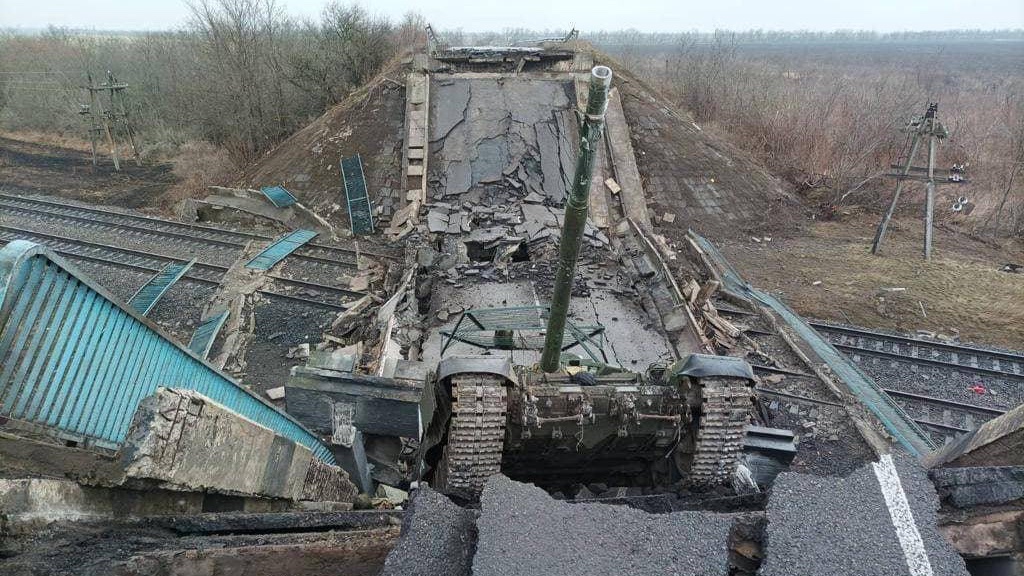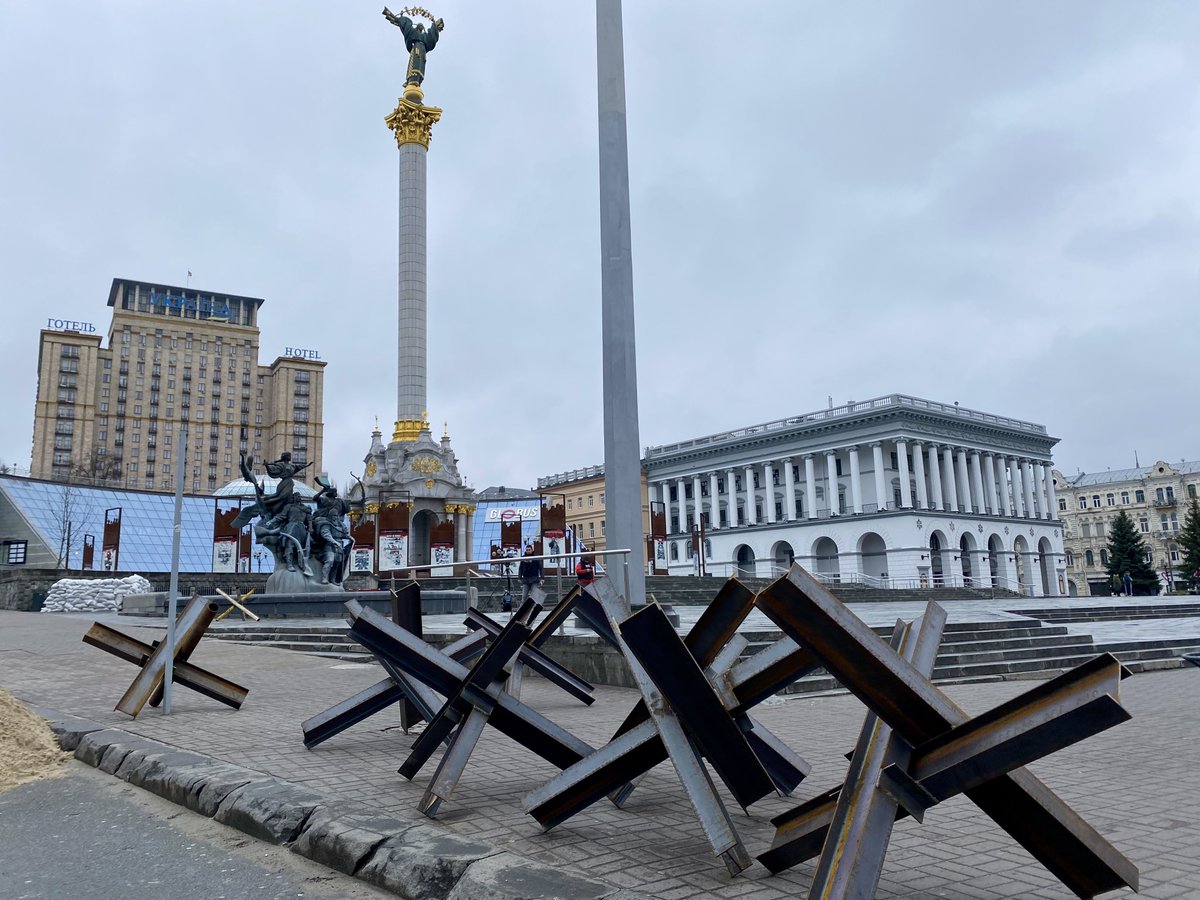
Ten days since the Russian invasion of Ukraine began. In the past 24 hours, we have seen limited Russian progress in the north and east, increased use of Russian air power, & some progress in the south. The capture of Kyiv is the focus of this thread. 1/25 (Image @IAPonomarenko) 

2/25 As always, a shout out to those reporting on the Russian invasion. This includes @KofmanMichael @maxseddon @IAPonomarenko @RALee85 @shashj @DanLamothe @ikhurshudyan @IanPannell @defenceHQ @thestudyofwar @OrlaGuerin @siobahn_ogrady @lawdavf among others. Please follow them.
3/25 At some point, the Russians will have to capture the Ukrainian capital. It is clearly a main effort for the Russian military forces – and for Putin’s desired political end state for the war.
4/25 Both the Russians and Ukrainians have assigned significant political value to Kyiv. Its ongoing defence of Kyiv is a major psychological boost for Ukraine’s soldiers and civilians. It also acts to catalyse international support for Ukraine. 
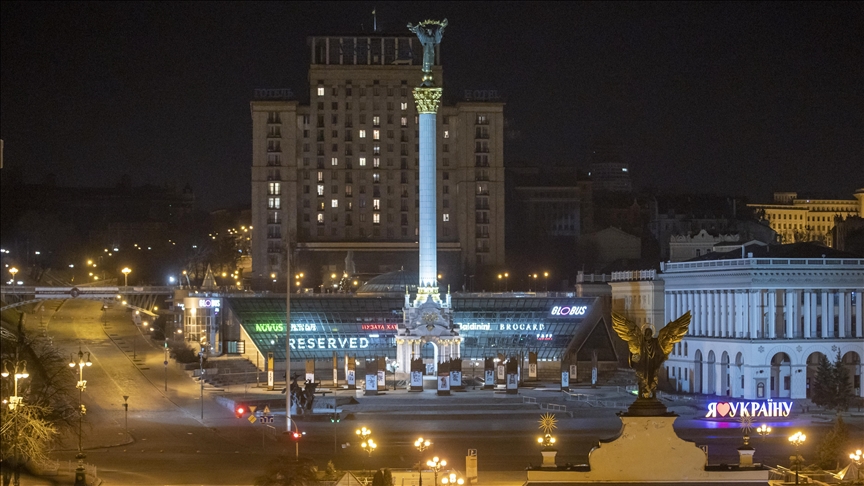
5/25 To do so would require what some describe as a 'city attack'. The aim of a Russian city attack in Kyiv (as it appears to be in Mariupol) is to capture the city - or key nodes and portions of it – where the Ukrainian politicians, government officials and the military are.
6/25 These are a high risk and very brutal form of warfare. The costs are terrible for military forces and for civilians. Damage of culturally important sites is also a near certainty. (Image - @IAPonomarenko) 

7/25 As this article notes, “urban environments compound risks unlike any other due to the complexity of the physical terrain, the presence of civilians, and the ecosystems of political, economic, and social networks”. mwi.usma.edu/the-eight-rule…
8/25 Kyiv will be a city fight that will have the following elements: conceptual, physical, firepower, and informational. I will examine each in turn. Political aspects – also vital – will be explored in a later thread.
9/25 The conceptual element of city attack is important. In essence, this is how the Russians think about their attack. Do they seek to capture the entire city, or just key nodes like government, communications & logistics locations? It is unlikely the Russians can do the former.
10/25 In undertaking a nodal approach to a Russian assault on the city, there will remain large segments of the city that will remain in Ukrainian hands. These become urban bastions to provide logistical support, & from which attacks on the Russians can continue over time.
11/25 The other conceptual element is the kind of military operations that will take place. It will demand combined arms (tanks, infantry, engineers, comms, logistics and airpower) used cleverly with good #leadership – on both sides. This has been challenging for the Russians. 

12/25 The physical size of Kyiv is significant (840 square km). It is a 3D space with tall buildings & many others of reinforced concrete construction. Every building is a potential fortified bunker that can be used by Ukrainians. These are difficult to reduce by attackers. 
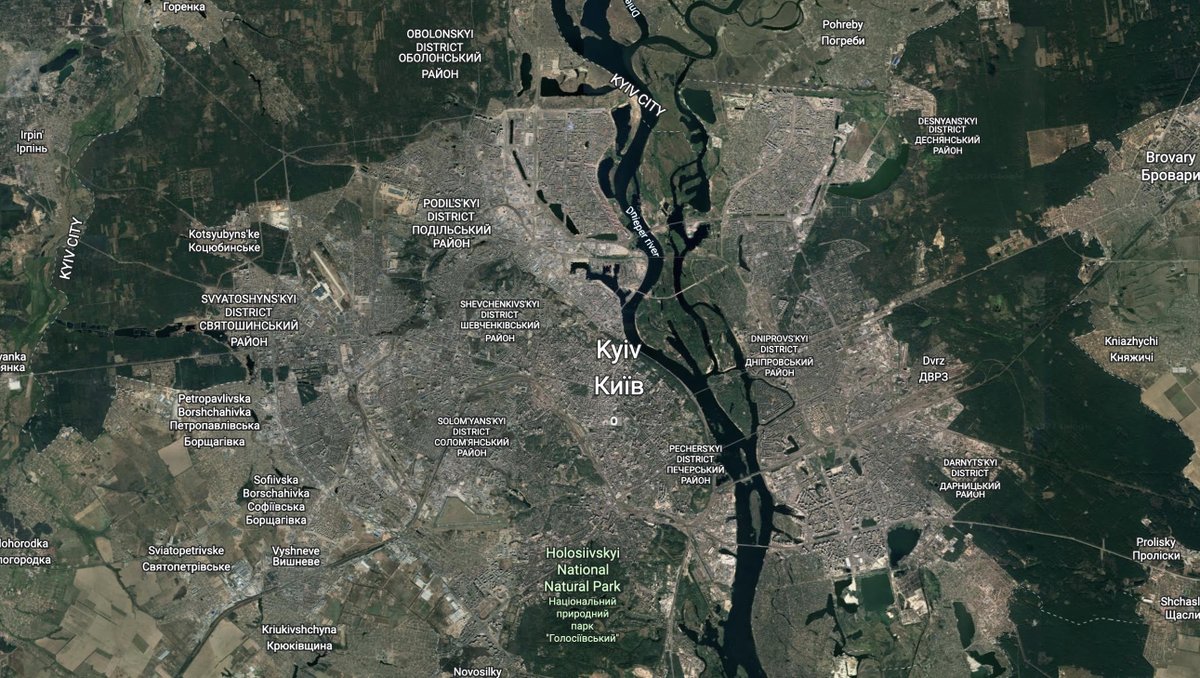
13/25 There are extensive underground tunnels and spaces. Defenders will be able use these to disappear in one place & reappear in others. They are also logistic supply lines and shelters for civilians. @SpencerGuard examines subterranean ops here: 
https://twitter.com/SpencerGuard/status/1499929114634899462

14/25 As David Kilcullen notes in ‘Out of the Mountains’, the “processes of conflict and competitive control at the street level could literally create the physical terrain of an urban area, demolishing entire districts in one place, creating new districts in another.”
15/25 “Physical terrain then channels & define how subsequent conflict occurs, so the urban organism both reflects and perpetuates the conflicts that created it,” Kilcullen continues. And as @antbruceking notes, walls also matter. 

16/25 Because of these considerations, neither side will be able to concentrate large numbers of troops at any place and time. It will be a battle of thousands of small military teams against each other at very close quarters. 
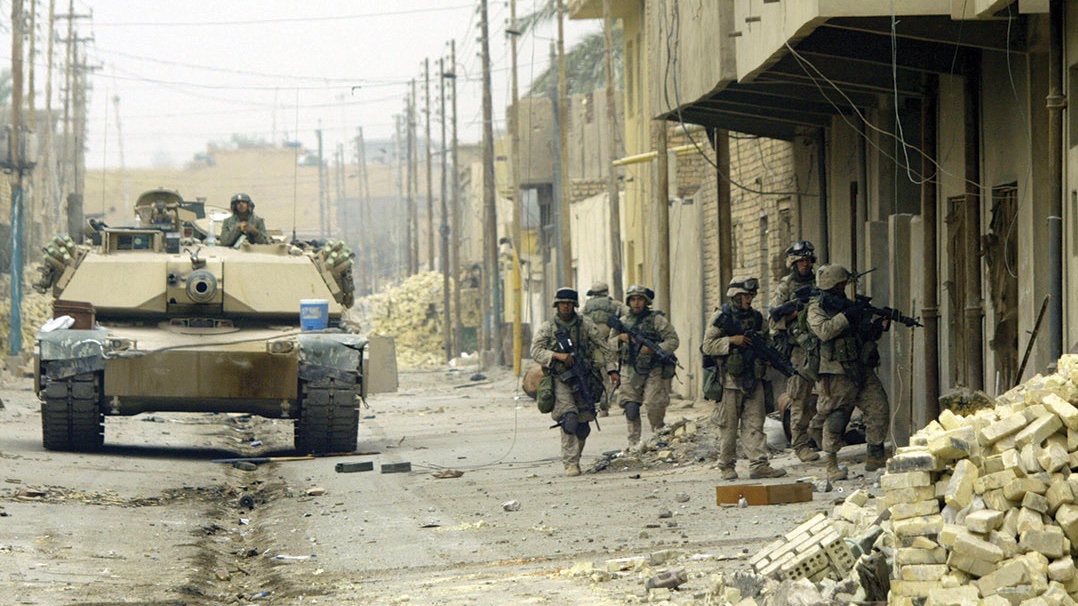
17/25 On firepower, there will be massive destruction in Kyiv. It is now the way Russians have chosen to capture cities. We see evidence of this in Kharkiv and Mariupol (pictured). Not only does it create new physical terrain used by defenders, it creates havoc among civilians. 

18/25 The Russians are likely to use a combination of artillery, rockets, and airdropped bombs (including cluster munitions). We may also see thermobaric weapons: thedrive.com/the-war-zone/4…
19/25 In the information element, the defenders will have the advantage. They know their city well, and have spent weeks, possibly years, preparing and wargaming for this fight. They can fight and melt away in a manner the Russians cannot.
20/25 The Russians will rely on existing maps & imagery from aircraft and satellites to find their way. They can see every building but don't know if defenders are within or if it is a shelter for civilians. It is inevitable they will destroy buildings with civilians inside.
21/25 Another information element is command & control (C2). Commanding military forces in a city is extraordinarily difficult. It "strains communications, overloads sensory capability, and pushes the decision-making onus to the lowest level". tnsr.org/2019/10/the-ci…
22/25 A final information element is allowing the world to see what is happening. The Ukrainians have mastered this in the last ten days. Journalists are also essential. The Russians, in an attack, will seek to prevent this feed of info to the outside world.
23/25 Therefore, in a Russian city attack on Kyiv, we will witness a type of warfare with a pitiless destruction & bloodiness we have not yet seen in this war. Even if the Russians want to secure only small portions of the city, it will not be clinical or simple.
24/25 Finally, the Russians have committed most of the force assembled for Ukraine. Attacking Kyiv will absorb their last reserves. Having advanced (slowly) for 10 days, the Russian ground forces will also suffer increasing combat fatigue. They need to start rotating forces soon.
25/25 That concludes update 10 – a tough one to write. A Russian attack on Kyiv will be a grim, drawn-out battle that will last weeks and possibly months. It may also force NATO to get more involved in this war, thus the potential for escalation is present. End.
• • •
Missing some Tweet in this thread? You can try to
force a refresh


